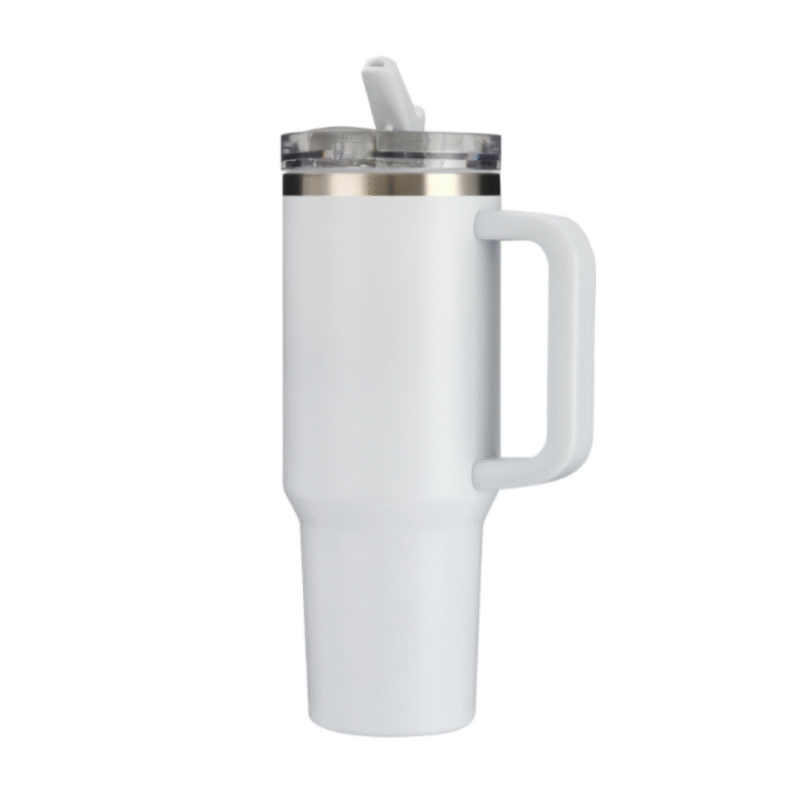Analysis of the inner liner process of stainless steel thermos cup

Whether a stainless steel thermos liner has welds depends primarily on the manufacturing process. When choosing a thermos, you’ll often notice two different lining patterns: some have two weld lines—one extending vertically to the bottom of the flask, the other circumferentially around the bottom. Others have smooth, seamless linings, with no visible welds at all. So, what’s the difference between these two? Below, Jarrino Thermos manufacturer explains the differences.

In the thermos manufacturing industry, the liner forming process is primarily categorized as “integral drawing” and “seam-welded drawing.” Visible weld lines indicate the product was produced using seam-welded technology; if no welds are visible, it’s a seamless, integral drawing process.
The integral drawing process uses seamless stainless steel tubing, directly drawing it into the liner using a combination of dies. While this process is simple, it places high demands on both equipment and dies. Due to significant material loss during the drawing process, the cost is relatively high. Furthermore, if the liner is tall, a single drawing may not be sufficient, requiring two or even multiple drawing steps. Its advantage is that there is no weld on the inner wall, and the appearance is smoother and more beautiful.
The seam-welded stretching process begins with the stainless steel sheet being cut, bent, and rounded for preliminary shaping. It is then welded using a dedicated straight seam welding machine using argon arc welding to create the first vertical weld. Subsequently, the inner liner and bottom are welded using a dedicated horizontal circumferential seam welding machine to create the second circumferential weld. After welding, a leak detector is used to inspect for leaks. Only after verification can the outer liner be assembled and the welded shell be joined.
Currently, most thermos manufacturers in Zhejiang Province use horizontal circumferential seam welding, resulting in two visible weld seams on the inner liner and a curved bottom design that makes dirt easy to detect and clean. Some manufacturers in Guangdong Province, however, use vertical circumferential seam welding, resulting in a right-angled bottom structure. Only a single vertical weld seam is visible. However, this has the disadvantage of easily accumulating dirt and making it difficult to clean.
Despite the visual and structural differences between the two processes, they have little impact on the actual user experience and insulation performance of the thermos. The main difference lies in raw materials and production costs: thermos bottles made with a full-stretching process are generally more expensive, while those made with a seam-welded stretching process offer greater cost advantages and greater flexibility in design. Therefore, consumers can choose based on their preferences for aesthetics, ease of cleaning, and price.



